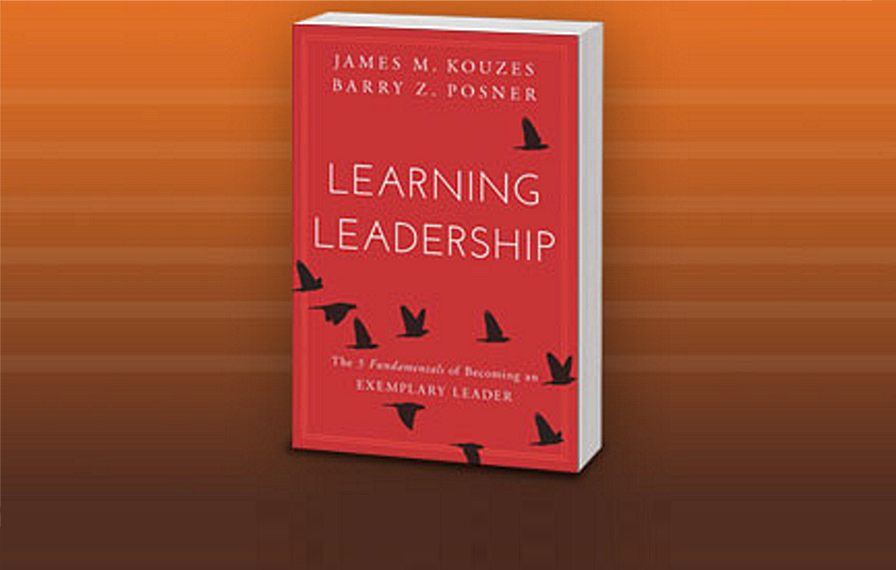Women have traditionally had less access to capital for a variety of reasons. There is growing pressure to change this situation and to help women to get ahead. There are people that want to address social imbalances that women face by offering women increased ability to gain access to capital, increasing the level of equality that is experienced in the work place and developing new products and services that really serve to improve the situation that women and girls face.
Writing for Stanford Social Innovation Review on this subject matter Sarah Kaplan and Jackie VanderBrug (2014) discuss some of the issues and progress that has been made. They highlight that:
“Across a wide spectrum of society there is growing recognition of the central role that women play in the world economy”.
In fact, they explain that in a speech given by Hilary Clinton it was demonstrated that studies show that GDP increases are possible if women have the same access to employment opportunities and credit that women have. This realisation has led Kaplan and VanderBrug to suggest that there is an increased focus on gender in investments, and that this is called “investing with a gender lens”. Jackie VanderBrug, who is a leader in the emerging global field of gender lens investing and a founder of the Women Effect Investments Initiative, gave already various talks explaining what is investing with a gender lens, and how it can be implemented. One of such talks, took place in SandHill , in a TEDx event.
What is Gender Lens Investing?
Gender Lens Investing means that investors use gender as a category of analysis when making investment decisions. Thus, when making a decision, investors do it through one or more of three primordial investment goals or “lenses”:
- Investments that increase access to capital for women entrepreneurs and businesses that have women in leadership positions
- Investments that promote gender equity in the workplace by investing in private sector companies with leading gender policies that also extend across their supply chains
- Investments that augmentate the number of products and services that benefit women and girls by directing capital to socially responsible businesses that develop and offer these products and services
A practical example of this is an example given by Sarah Kaplan and Jackie VanderBrug when outlining the work done by an organisation called Root Capital. Even though the organizaiton did not commence by emphasising gender, it found, through its work in Nicaragua, that women have significant challenges. As a result it launched an initiative called Women in Agriculture with a focus of helping women to create impact. This helps women to gain access to land ownership as well as empowering women that are middle managers in the enterprises supported, according to Kaplan and VanderBrug. All of this drove Root Capital to focus more heavily on industries that are female dominated, and has helped the organisation to expand the variety of products and services that are offered, as well as to broaden its market.
Is gender investing too pink ?
Kaplan and VanderBrug are careful to suggest that investing with a gender lens steers clear of approaches that are “too pink” or situations where engaging in these approaches may lead to organisations being viewed as selling out. Rather the approach takes a middle line and helps organisation to better understand gender and improving financial outcomes which are tied to gender. However, there is not one “fit all” approach. What Kaplan and VanderBrug do argue however is that there are three approaches where a gender lens can provide value to improve financial and social returns of investment. The first of these approaches is getting access to capital for women. The second is workplace equality, and the third is offering products and services that benefit women. Some opportunities may target all three of these approaches at the same time.
Aiming for Gender Equality through access to credit
Looking at the issue of credit more closely it is estimated that women have a collective credit gap of $320 billion. This is the difference between what they hope to get and what they are able to access. This can lead female run companies to be unable to find investment. Part of this is argued to be that the system is set up to be more accessible to men, but it is also argued that more investment is given to men, even if pitch content is completely identical. This means that there are biases in the investment world that work against women and that favour men.
All over the world workplace equality is a significant challenge. In many cases there are no women at all on the boards of organisations, even though as Kaplan and VanderBrug explain that evidence demonstrates that financial returns of organisations with women on the board are higher. Strategies are being put in place to address this, such as looking at pay equality, recruitment and retention of women as well as promotion of women. In these cases investing with a gender lens can mean taking steps to specifically help women. For example, Coca Cola has a goal of empowering five million female entrepreneurs across its value chain by 2020. All of this can really make a financial difference for organisations.
Finally, creating products and services that improve the lives of women is also an important step. It is argued that in this case designing with women rather than for women can be helpful. This means actually seeking out gender requirements to be able to produce products that will really benefit women. This leads to increased sales due to greater uptake of products and services because they appeal more to the market that needs to use them. Clearly, this too has significant benefits for both organisations and women. It is early days, but hopefully these innovations in approach will redress the balance.

Paula Newton is a business writer, editor and management consultant with extensive experience writing and consulting for both start-ups and long established companies. She has ten years management and leadership experience gained at BSkyB in London and Viva Travel Guides in Quito, Ecuador, giving her a depth of insight into innovation in international business. With an MBA from the University of Hull and many years of experience running her own business consultancy, Paula’s background allows her to connect with a diverse range of clients, including cutting edge technology and web-based start-ups but also multinationals in need of assistance. Paula has played a defining role in shaping organizational strategy for a wide range of different organizations, including for-profit, NGOs and charities. Paula has also served on the Board of Directors for the South American Explorers Club in Quito, Ecuador.



























